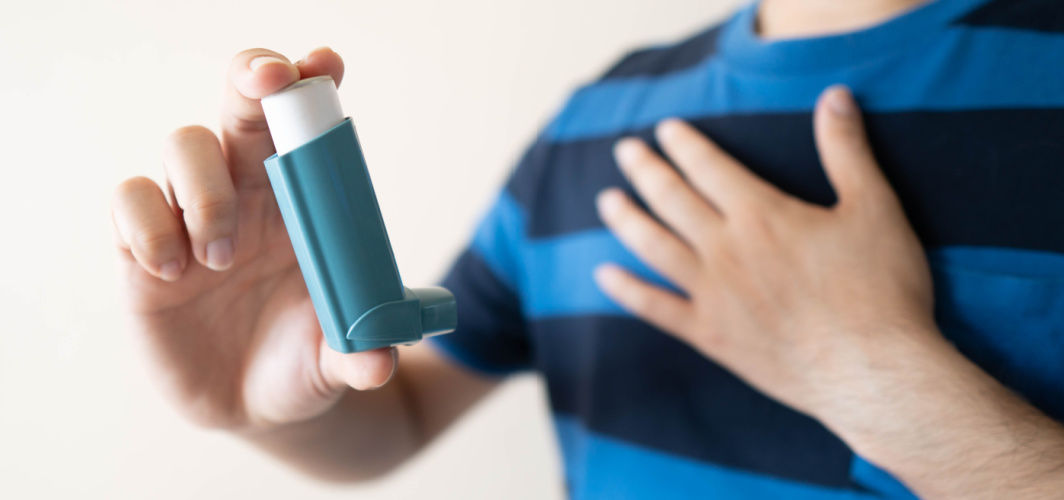Respiratory Health
How to Deal with Sniffing, Sneezing, and Other Winter Allergies
5 min read
By Apollo 24/7, Published on - 08 December 2020, Updated on - 18 October 2022
Share this article
0
109 likes

What causes winter allergies?
- Dust mites: Dust mites are microorganisms found in soft materials in the house. These include mattresses, blankets, pillows, carpets, curtains, upholstered furniture, and even soft toys.
- Molds: They are fungal organisms that grow in moist places inside the house like bathrooms and kitchens. They spread via airborne spores and induce an allergic reaction when inhaled.
- Animal Dander: Pet dander is the tiny flecks of skin shed by animals that have feathers or fur. Proteins found in animal saliva and faeces can also contribute to allergy.
Symptoms of winter allergies
- Nasal congestion
- Itchy eyes
- Sniffing and sneezing
- Runny nose
- Coughing
- Sore throat, eyes, and nose
- Skin rash
Common cold versus winter allergies
Tips to minimize exposure to indoor allergens
- Install humidifiers to balance the dry air caused by the use of heaters. But remember to keep humidity below 50% indoors to reduce dust mites and molds.
- Change the filters in humidifiers regularly as molds and dust mites can grow on the filters.
- Use a High-Efficiency Particulate Air (HEPA) filter to trap dust mites and pet dander from the air.
- Use an air purifier to capture allergens, including dust, pet dander, and mold from the indoor air. It also helps people with allergies to breathe better indoors.
- Clean carpets regularly as animal dander and molds can get trapped. Also, the dampness between the carpet and the floor provides an ideal environment for mold and dust mites.
- Regularly clean the hard floors with a damp mop, which helps avoid stirring up dust.
- Avoid dusting or vacuuming if you’re suffering from winter allergies. Have someone else do the cleaning.
- Stay hydrated by drinking plenty of water. This helps to prevent the release of histamines in the body. Histamines are released in the body as a response to the allergen, causing the typical symptoms of allergy.
Few tips specific to common indoor allergens:
- Avoid using down pillows and comforters as they form a favourable habitat for dust mites.
- Use dustproof covers for pillows and mattresses to help decrease the number of dust mites.
- Wash the bedding using hot water frequently, at least once a week. The heat kills and reduces dust mites in the bedding.
- Wash and dry stuffed toys and keep them off beds.
- Ventilate the house as much as possible and keep it dry.
- Consider using an exhaust fan in the kitchen and bathrooms.
- Fix seepages or any leaks in the walls, roof, or pipes so that there is no moisture content for the molds to grow.
- Immediately wipe down wet surfaces in the kitchen and bathroom to avoid the growth of molds.
- Bathe the pets regularly.
- Keep the pets out of the bedroom and off the furniture.
- Wash hands with soap and water after touching pets.
Recommended Read: Can Asthma Symptoms Get Worse Indoors?
Treatment for winter allergies
- Antihistamines can be taken to reduce sneezing and sniffing. These work by blocking the effects of histamines in the body.
- Decongestants help in clearing the mucus out of the nasal passageways.
- Allergy shots can be used to expose one’s body to gradually increasing levels of the allergen. This provides long-term relief of allergy by making the body get used to allergens.
Respiratory Health
Leave Comment
Recommended for you

Respiratory Health
World Pneumonia Day: Here Are The Early Signs And Home Remedies
Pneumonia is very common and is the second most common for hospitalisation. Here’s all you need to know about its symptoms, treatment and prevention!

Respiratory Health
Types of Asthma: Classification & Severity
Know about the different types of asthma and their severity levels. Discover the latest guidelines, technologies, and lifestyle factors to manage asthma effectively.

Respiratory Health
Shortness of Breath: Should You Be Worried?
Sometimes, shortness of breath can be a sign of serious medical conditions that require medical attention.
Subscribe
Sign up for our free Health Library Daily Newsletter
Get doctor-approved health tips, news, and more.
Visual Stories

Managing COPD During the COVID-19 Pandemic
Tap to continue exploring
Recommended for you

Respiratory Health
World Pneumonia Day: Here Are The Early Signs And Home Remedies
Pneumonia is very common and is the second most common for hospitalisation. Here’s all you need to know about its symptoms, treatment and prevention!

Respiratory Health
Types of Asthma: Classification & Severity
Know about the different types of asthma and their severity levels. Discover the latest guidelines, technologies, and lifestyle factors to manage asthma effectively.

Respiratory Health
Shortness of Breath: Should You Be Worried?
Sometimes, shortness of breath can be a sign of serious medical conditions that require medical attention.